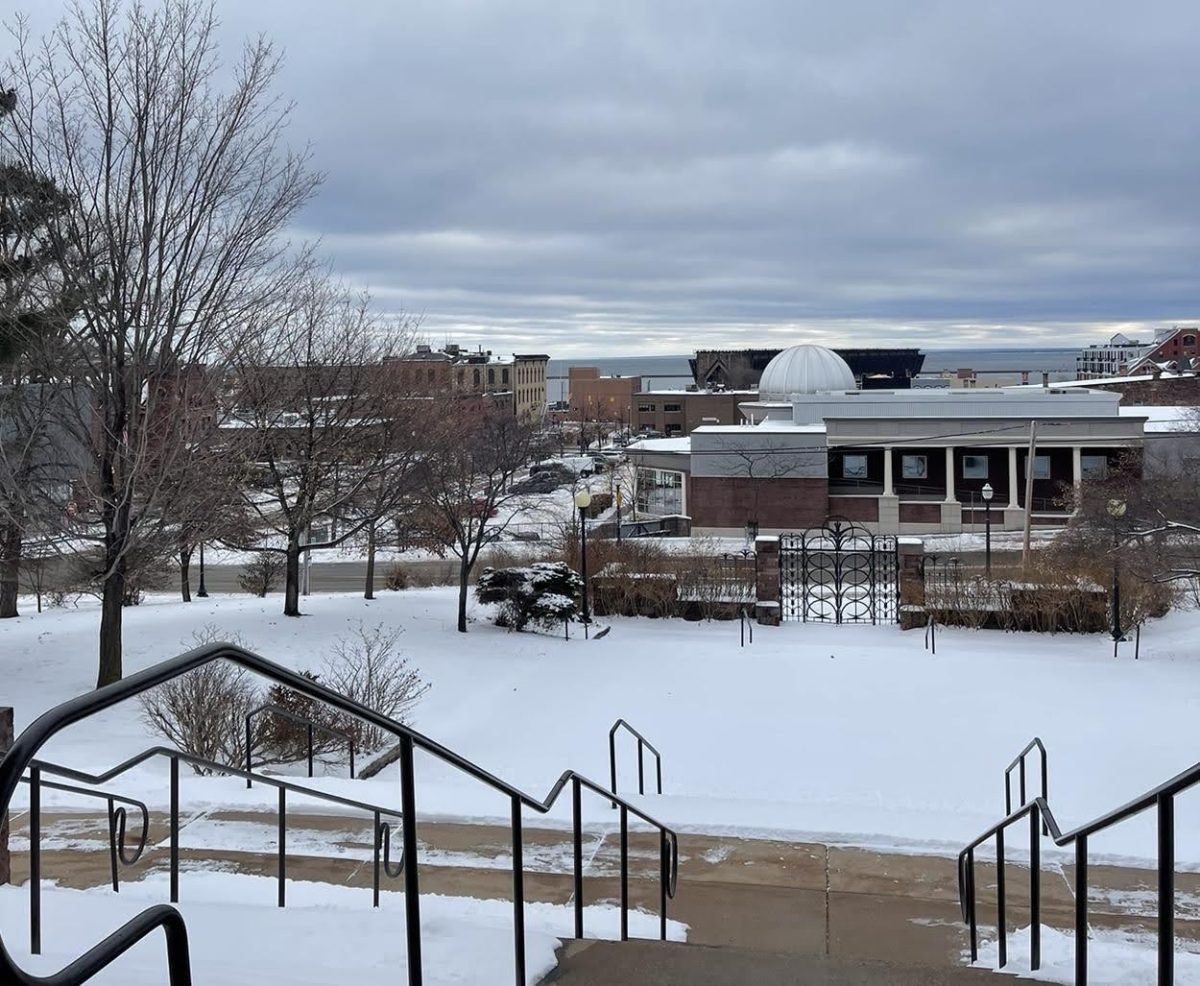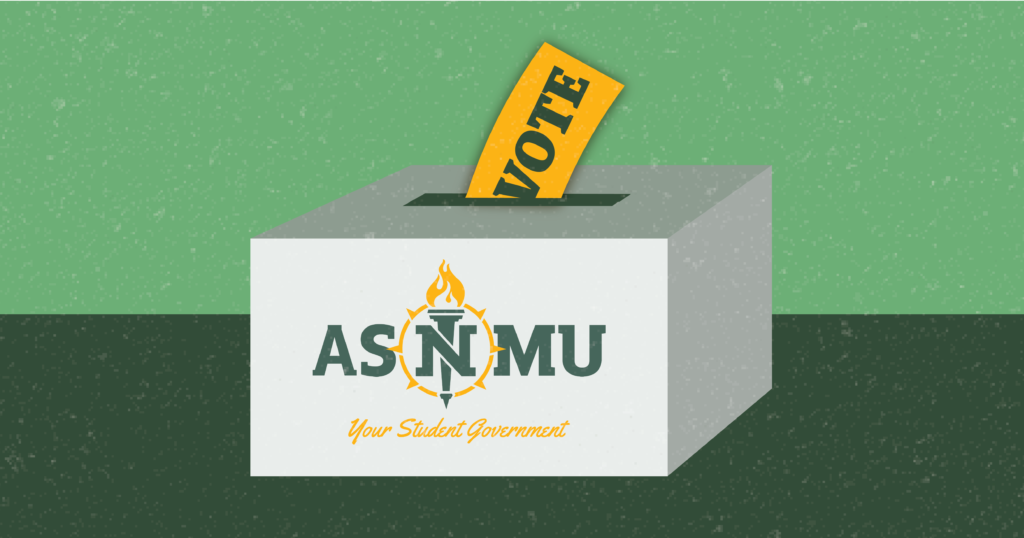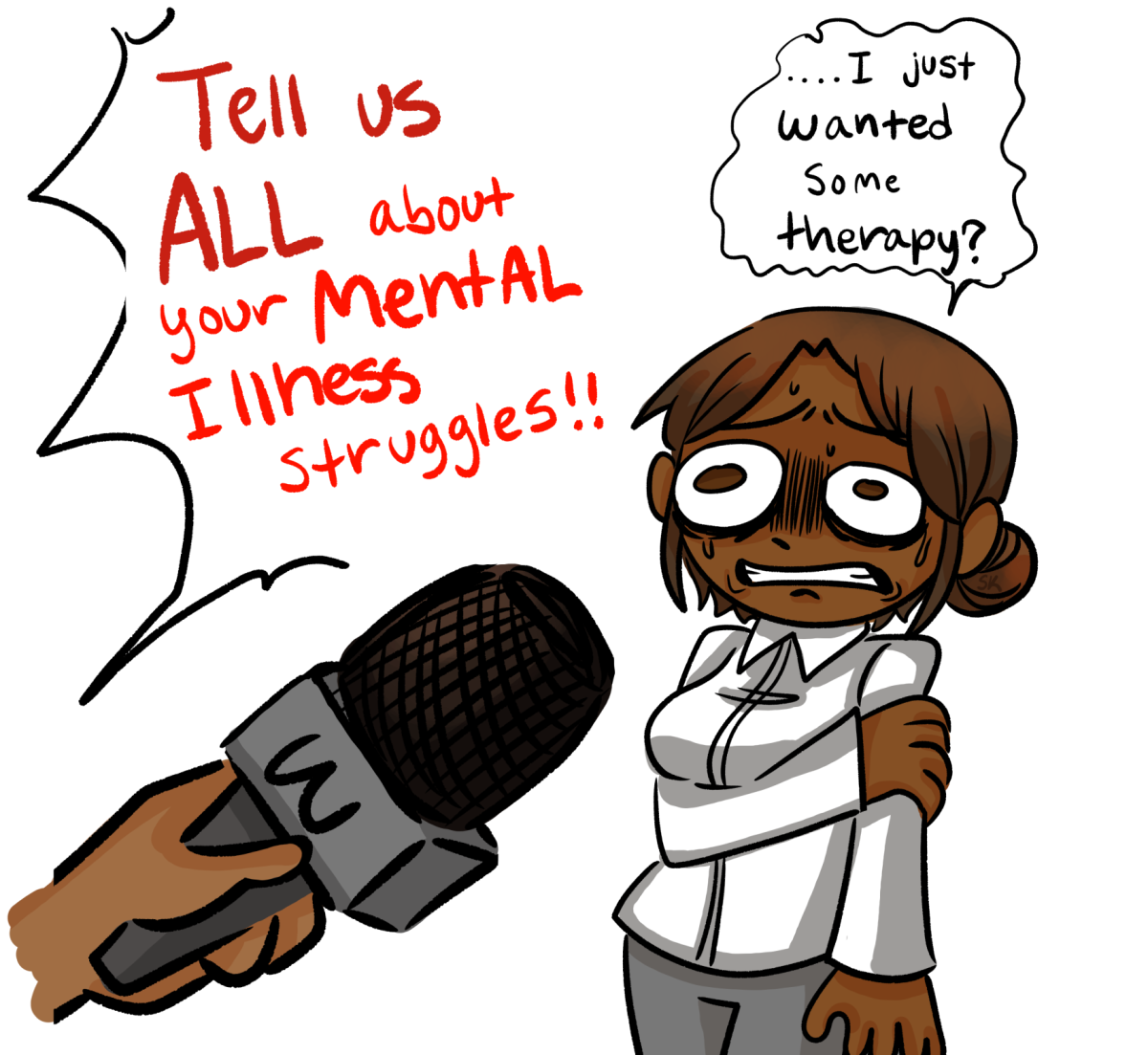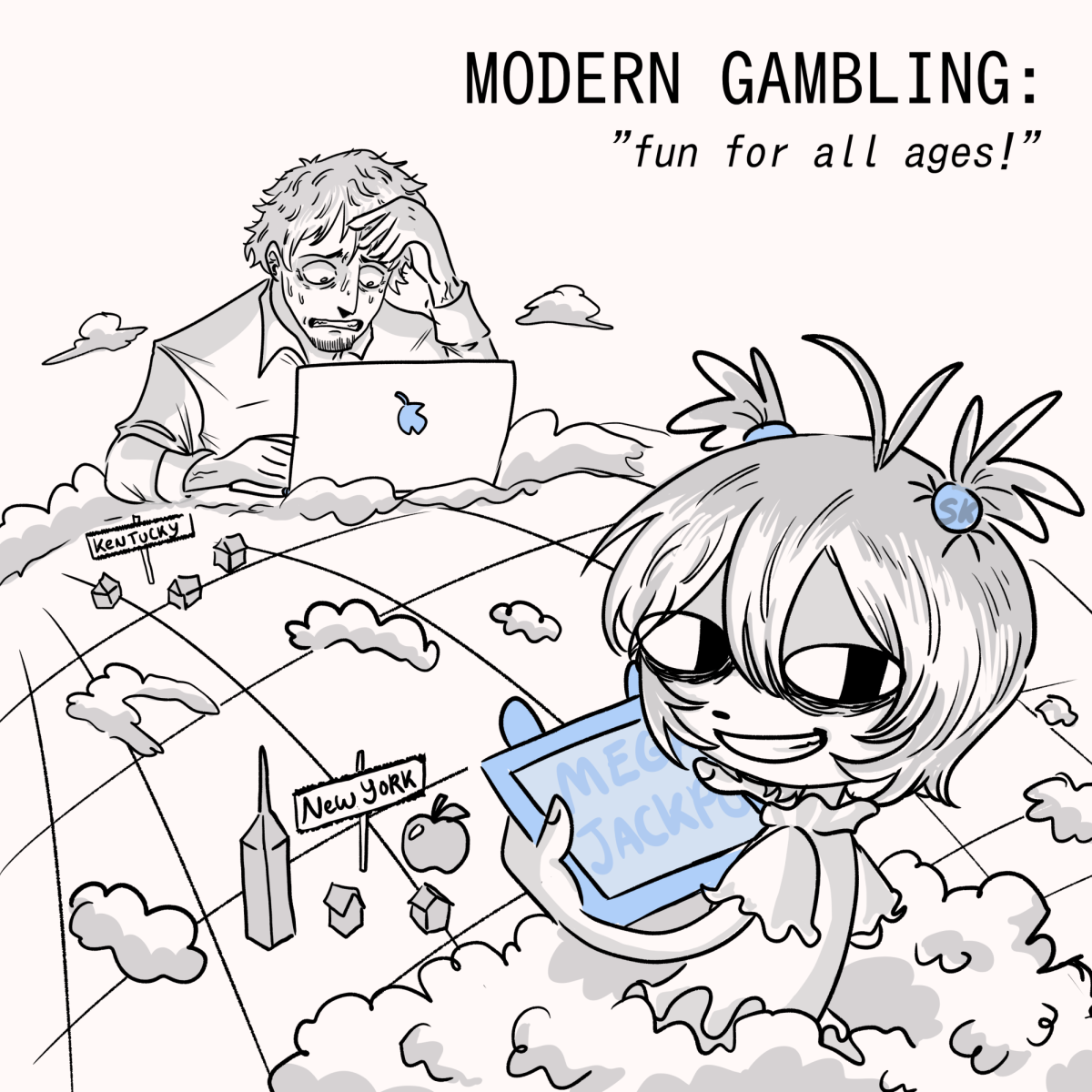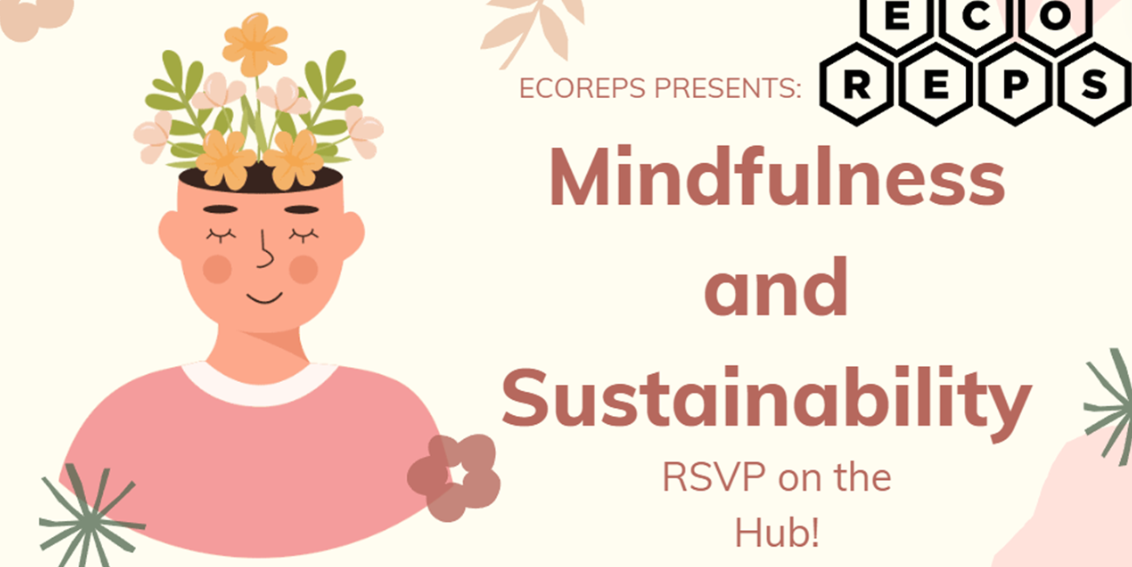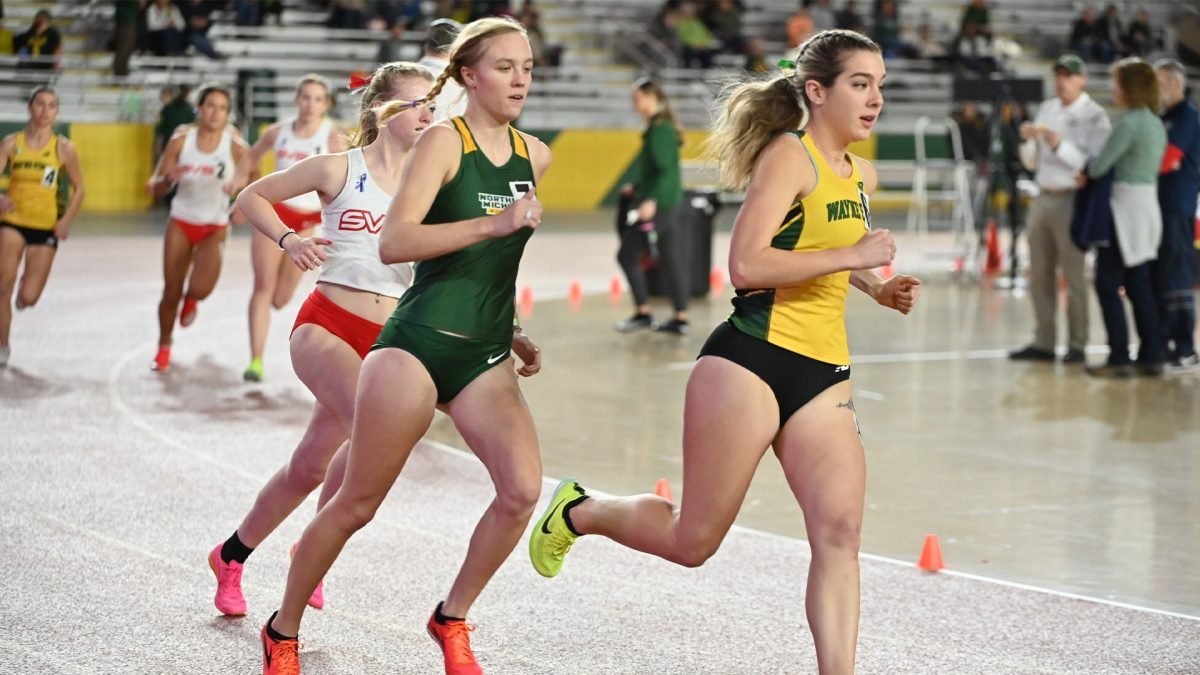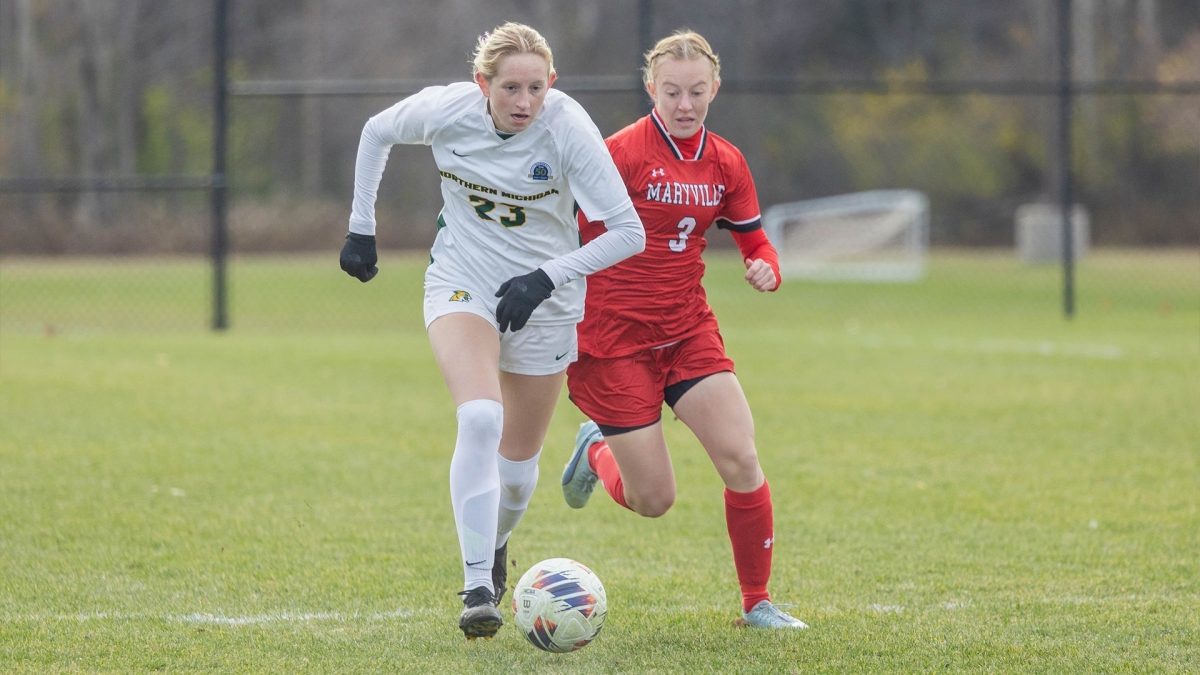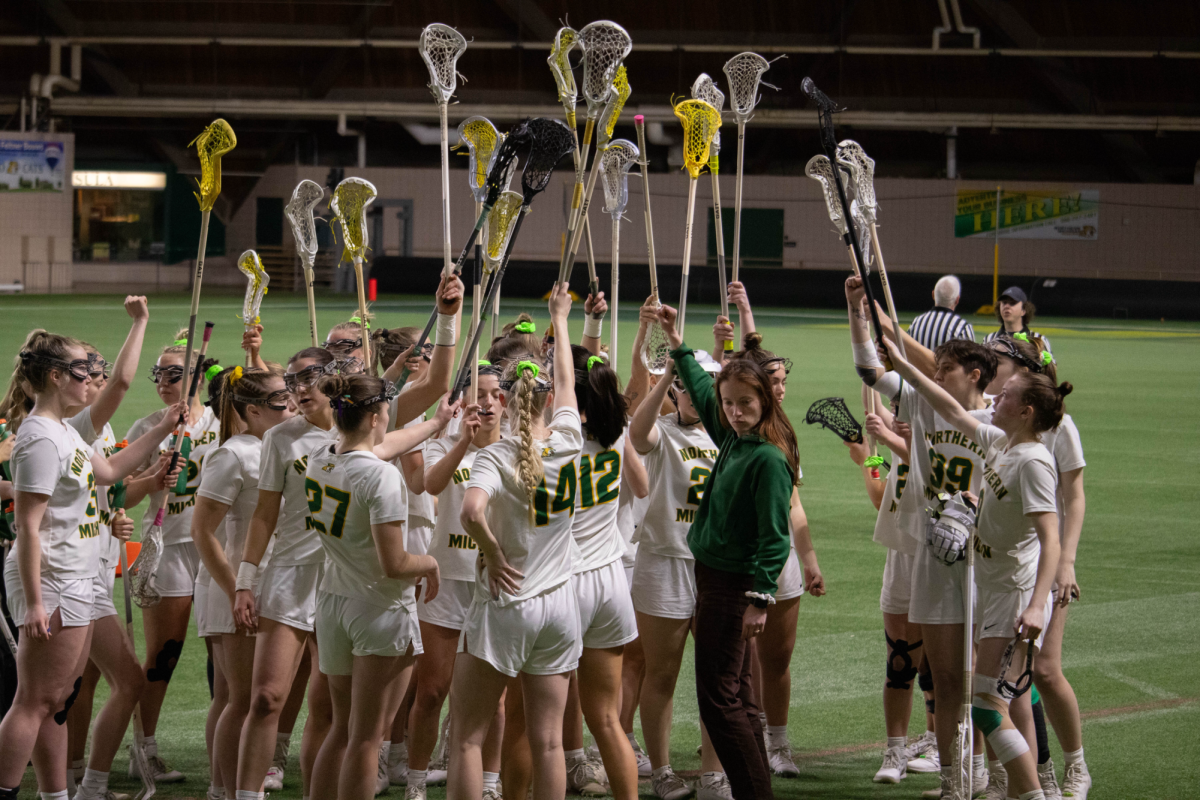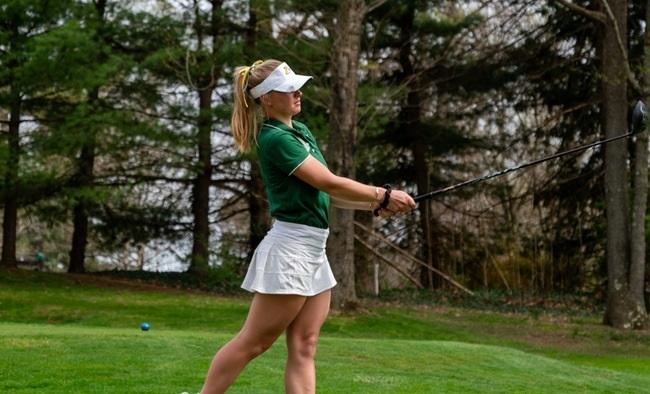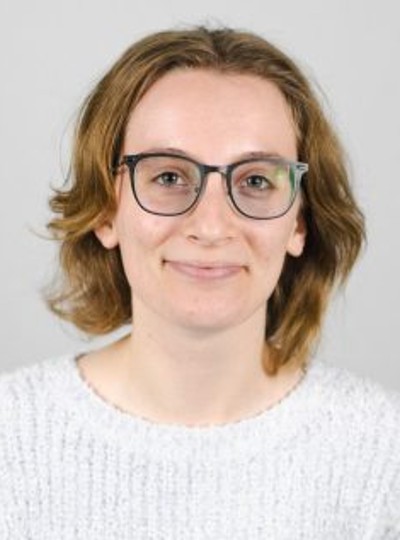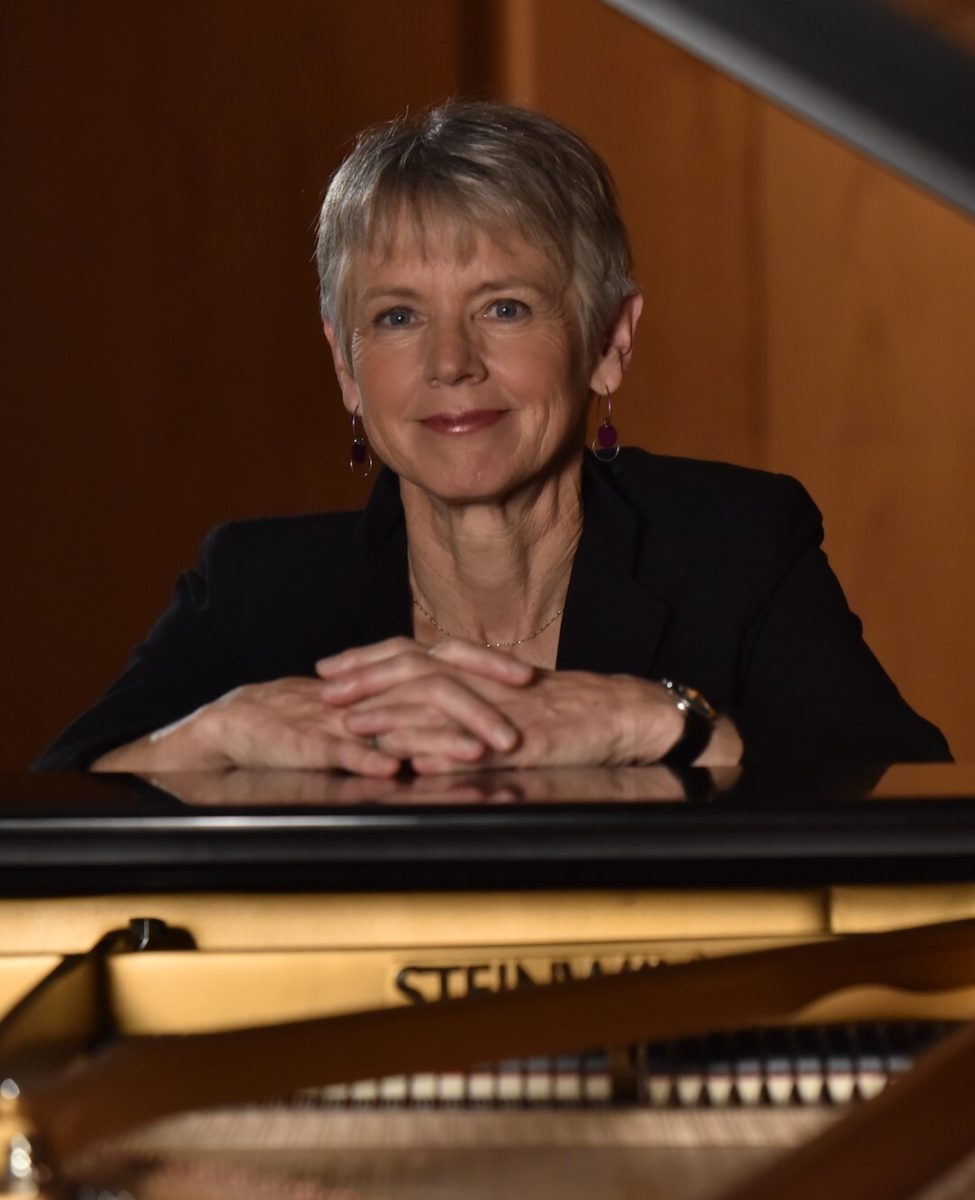North Wind Staffer Kyle Whitney sat down with Keith Cooley, director of Michigan’s Department of Labor and Economic Growth (DLEG), to discuss the future of Michigan’s economy.
The No Worker Left Behind initiative helps displaced workers with financial assistance for specialized training in different job fields.
NW: What brings you to the UP?
KC: A couple things. Number one, I made a pledge to the folks inside of the D-LEG-the Department of Labor and Economic Growth-that I would try to come and see as many of the employees as I could-it’s a group of about 4,000 people. Many of them are scattered around the state and don’t get a chance to see the leadership team. I think it’s really important for them to see me and understand who I am face-to-face and that’s a chance for me to see the day-to-day work that they do.
Also, there is a summit (the Upper Great Lakes Economic and Workforce Development Summit – http://www.jobforce.org/documents/Savethedate-2007UpperGreatLakesEDWFDSummitFullInformationandAgenda9-20.pdf). It’s a group of the business leaders here, the Michigan Works agencies, the folks that are really involved in trying to find out, how we can make the economy in the Upper Peninsula and Marquette, in particular, begin to boom, in spite of the problems that we’re having around the country and especially in Michigan. So I came to deliver a message about this initiative that the Governor has called No Worker Left Behind (NWLB).
NW: Can you talk more about NWLB and the requirements for participation?
KC: There is no age limit at the top. If you want to get a new job and if you want to get re-skilled for the new economy, you can do that. At the lower limit, folks essentially have to be over 18, out of high-school, not a full-time college student. In fact, I think the way the rules read is that you have to be out of college for two years or more in order to take advantage of the program.
NW: The NWLB literature refers to ‘high-demand’ and ’emerging fields’ that will ‘bolster the economic growth’ in the state. What are those fields?
KC: The Governor, along with her cabinet, especially folks in my department and the Michigan Economic Development Corporation have sort of singled out five specific areas of growth in the future. One is advanced manufacturing, which isn’t very far off from some of the manufacturing that we do today, except that we want to look at the higher end of that, where processing isn’t handled so much manually as by computer-controlled machinery or the kind of manufacturing that gets into the molecular limits.
Life sciences. Obviously, the biological sciences, the life sciences are critical and will become more critical as population ages and as we figure out how we’re going to defend ourselves against this – I would call it the thing we’ve done to ourselves in some ways – global warming and some of the other issues that have come about with the nineteenth and twentieth century kinds of work. We’ve begun to cause ourselves some problems, so we need to figure out how to help people live longer lives and better lives. Alternative energy. Clearly, we want to move away from petroleum-based as much as possible. Making alternative energy, wind power, solar power, water power, etcetera. Making Michigan a Mecca for those kinds of areas is going to bring a burgeoning kind of economy to us.
Health care. Again, as the population ages, we’ve got people that will need more care.
The last one is homeland security. In many ways, what you talk about in homeland security may be a combination of the things we’ve already talked about. 9/11, the emergence of issues for us to see around al-Qaeda, etcetera, have brought us to a place where it’s pretty clear that we’ve got to figure out a better way to protect the borders and protect the citizens.
Those five areas are really key, but some of the other stuff – information technology and computers, accounting, bookkeeping, auto mechanics, aircraft mechanics – those things are also areas which are high-demand and in this area, I think you’re talking a lot about biomass, timber, husbandry and forestry. Those are areas that are going to be important.
NW: Does NWLB require that participants become employed within the state of Michigan for a certain amount of time?
KC: It doesn’t and we’ve had people on both sides of that issue. Our take is this. If we have folks that have gotten to a place where they are now out of work and they’re still here with a family, my guess is that they want to get up-skilled to get a job and stay. A lot of the people that were going to leave probably have already left. We think that the folks we’re going to be seeing – and so far, in the first couple of months, as near as we can tell this is true – they’re folks that like Michigan. They want to stay here, they want to help us get the state back to a point where it can be successful.
NW: So that’s not something that you’re looking into adding to the program?
KC: Not right now, but I tell you, we’ll be looking at markers. We’ll be looking at indicators. If it looks like there is an indication that that is happening, I’ll be asking my folks to talk about other strategies that might make it more incumbent on folks that take the funding to stay.
NW: For people coming out of the NWLB program, are you relying on the struggling Michigan job market to guarantee them jobs or is there another form of guarantee for that incoming workforce?
KC: I’ve got to put something straight with the struggling job market that you talk about. We talked about it at the summit today. A lot of folks who only get the feed from the media believe that jobs are going away, there are no jobs to fill them and it’s going to be ‘the last person left in Michigan turn out the lights.’ The unemployment rate across Michigan is 7.2 percent now. In 1982, it was 17 percent and people forget that. As it turns out, there are more jobs now going unfilled, and there will be even more going into the future unless we can figure out a way to stop what is kind of a disconnect.
I have folks over here who have a whole series of jobs. Health care is a good example. Line repair – the folks who do the utility lines – is another good example. Tons of jobs over here that are wanting. Then I’ve got a bunch of people over here who are skilled to do other things. What I need to do is help folks realize that there are a lot of jobs. It’s just that they’re not skilled for them. No Worker Left Behind is a program that will help folks get skilled and get those jobs.
NW: Governor Granholm has pushed to keep workers in the state and to keep a steady flow of new workers entering the Michigan economy. What can you do to keep graduates from NMU, or any other Michigan university, in the state?
KC: The most important thing I can do is make sure you have good, solid jobs that are exciting, jobs in which you see a career, a place to go, and a place to live. The one big thing we do at the DLEG is to help folks understand that the jobs are here. They’re exciting jobs, they’re good jobs and they will lead to a career. So, one of the biggest things I’m doing right now is just like today. I’m going around to folks and saying, ‘Hey. Recognize it’s not as bad as they’re saying in the newspapers. There’s a lot of good stuff happening here.’
What I need to do, if you’ll allow me is – there’s a thing called ‘Great Things Are Happening in Michigan.’ It’s a little magazine put out by the Michigan Economic Development Corporation every month and it talks about the new businesses that are coming to Michigan. You’ve got one from Massachusetts coming here that will put in millions of dollars in investment and hire hundreds of people to work in a biomass field. We just brought a company from Sweden in downstate for alternative energy. We just brought in a company from Spain that builds aircraft components, bodies and whatnot. So there are jobs coming in and they’re going to be fun jobs. We have one of the best states in the union for water resources, woods, fishing, hunting, water sports, golf – we’ve got more golf courses per capita in Michigan than any place else in the United States – but nobody knows because we don’t tell them. Sometimes we are our own worst enemy. I’m really here to break this. I think it’s a great state. People just need to know.
NW: How are workers for NWLB selected?
KC: It’s pretty easy. One, a person has to be unemployed or have gotten a notice saying that they are about to be unemployed in the next 60 to 90 days or underemployed. If you have a family that makes $40,000 or less combined, they are available for NWLB. They have to be 18 years of age or over, not having graduated high school in the last two years and not a full-time college student. What we’re going to ask them to do is to go to a Michigan Works agency. There are 25 Michigan Works agencies around the state and about 100 service centers.
They’ll go to a Michigan Works agency and they’ll be given an assessment. ‘What is it you want to do? What is your level of reading? Math? Maybe customer service skills?’ Then they’ll talk them through the kinds of jobs that are available, so if someone wanted to be a radiology technician and it turned out that, in this area, that was big, they would say, ‘Yeah. You can do that.’ So we’ll pay two years of tuition for you to go into that area. If you wanted to be an art history major – there’s no area in Michigan where art history is something that’s really needed – we’d say, ‘That’s great. That’s fine. You can go to school for that. You just can’t do it as part of this program. By the numbers, once you start the program you have four years to finish, there are three years to sign up in – from now until 2010 – you get two years of free tuition and it’s a one-time offer. The first 100,000 people, that’s what we want to get through the system in the next two or three years. First come, first serve and we want to try to get 100,000 people through.
For two years – we’re saying that’s at kind of a medium level of about $5,000. It’s really $10,000 for a two-year period of time. If you’re going to go to school in a special area where it’s $12,000, you could write in for a waiver and many times we would approve a waiver.
NW: Is there a certain type of institution that you must attend or must you go to a community college or a public university?
KC: You can go to a community college, you can go to a college or university, or you can go to what is called a proprietary school, but they have to be schools that are either certified by asset certification or certified or registered in the state.
NW: Appointed DLEG director in March, why did you take the job and what is your job description?
KC: Well, the job description, essentially, is to care for a department which oversees kind of the safety, health and welfare of our labor force and also regulates business inside of the state of Michigan. In addition to that, we have a force that does workforce training.
My background is in engineering. I have a bachelor’s degree in physics and a master’s in nuclear engineering. I spent most of my time in corporate America. But I found after a period of time – probably after about 35 years, it got pretty clear to me – the deep-seated problems that we had around the country weren’t going to be solved by corporate America. The problems around the workforce – getting people up-skilled and getting folks a better standard of living. I mean, there’s pieces of it that will be. Miracle fibers, great machines that can diagnose you without a person there – yeah, I understand that’s important. Technology is important, but I think that when every person gets to a certain age they realize that they need to figure out how to re-engage with the community that they have and do what they can to help folks. We’re having a rough time trying to get back up on the horse and find a career. And that’s what I wanted to do. So, I left GM in ’97, started my own company for a while, working with small businesses around, change and transition management-companies having to deal with critical change. Eventually, I ended up with a small not-for-profit called Focus: Hope where they take kids out of the inner city and help them get a good education. And I liked it. It doesn’t pay.
NW: As you mentioned, you previously worked for GM. Do you currently see a light at the end of the tunnel for the auto industry?
KC: Absolutely. The auto industry is actually doing quite well, as a whole. Now GM, Ford and Chrysler have been having some problems. They were having problems before. It took those companies, I’m going to offer, 30 to 40 years to understand that the problem they had was not so much a problem of resources as it was a problem of structure. These companies need to restructure and that’s what they’re doing now. There is a new agreement with the labor union, between GM and the UAW, and that’s the beginning of a structural change in how they do their business, so that they begin to look like they are international competitors, so that they don’t have what’s called legacy costs. They take up $1500 per car, as an example.
A lot of people don’t realize it, but Michigan is still pretty much the center of the automotive world. The research and development work here that goes on by Toyota, Honda, Nissan and others, the R&D work by the supply community that supports them, as well as the building and manufacturing of cars here in the United States is huge.
Now, can we depend on it like we used to? No. Those days are gone. We need to bring other industry in.
Will they continue to grow and be vital to us? Absolutely. And there will continue to be, I’m going to say, hundreds of thousands of jobs when you look at all of the car companies together here in Michigan.
NW: A bit more macrocosmically, you talked about NWLB aiming to the future. How and when do you picture the Michigan economy finally stabilizing at a comfortable point?
KC: Well, I’m not a soothsayer. I’m not a fortune teller, but when you go through these kinds of changes-and I have been a student of critical change for a long time-it won’t happen in the next three or four years. I think Michigan will go through a decade at least. We’ll hit bottom before that, but getting to a place where we’re starting to build ourselves back to a place where we need to be will take a decade I think. When I talked to the governor and took this job, she said to me, ‘Keith, I have only four years in which to try and build the best legacy I can for the state. We both know that three or four years is not enough to get us out of this and to where we need to be.’
The good news, though, is that I think the best thing that can happen to any person in a circumstance as bad as ours is for them to finally realize it and go, ‘Oh my God. I’m in trouble.’ Once you do that, you change your mind set. You look at things differently and that’s what’s happening here in Michigan. The state, as a whole, is beginning to look at the circumstance we find ourselves in differently than it did maybe five years ago.
There was a time in the 1990s when we thought that war would never come to our shores. The only war we’d ever had here was the Civil War-and the Spanish-American. WWI, WWII, the Korean War, Vietnam were all fought on other shores. A bunch of folks who think differently than us and have not nearly as much a sense of caring for human life brought it right to our shores with 9/11, so now we’re in it. And it changed the way we think about things. At first people were scared. Now I think we’re beginning to think carefully about, ‘what is our role on the world scene? How do we see ourselves differently and what do we need to do to continue to be vital?’ In the same fashion, Michigan is beginning to think about itself. If we weren’t going to change, if we didn’t see a difference, I think we’d be gone by now.
NW: When do you feel the economy will hit bottom?
KC: I don’t know for sure. Maybe three years, maybe four years, maybe more. I don’t know. If I really knew, I’d be a millionaire because I would just start buying up those little companies that I know are going to be good later.
Reasonably, I think the four to five-year horizon is probably a good time to think right now. With everything we know now, that’s probably a point where we can start seeing a build. Some points of the economy will begin to build faster than others. Some will lag behind, but I think that’s a reasonable amount of time.
NW: Coming from an automotive background, you surely know that green energy has become a focal point for the major companies. Ford has made a noticeable push toward this with their Rouge plant. There is also an energy office in the DLEG. What are Michigan’s current efforts to promote energy efficiency?
KC: We do have a small office in DLEG to promote energy awareness and energy efficiency and the Michigan Public Service Commission is also housed in DLEG. They bring to the governor a full-fledged energy strategy for the state. We are trying our best to be a facilitator for business, for industry, for academia and for some portions of the government to begin to build a very strong discussion that leads to research in alternative energy and in energy efficiency.
For example, I know there is some work that is being considered by Universities in this area-University of Michigan, Michigan State-to look at how we can take all of the things that we know about alternative energy today and bend them to the problem that we have in transportation, whether it’s mass transport or individual. Our department is working frantically with those folks to try to bring them together and help them to build whatever coalition of support they need to gather funds from the United States government to put an initiative forward.
We have small companies and builders that are using more energy efficient ways to build homes than they used to. Solar power and wind power and any number of other things. We actually give a small award to builders who do that and are willing to show others how to do that.
So, on the big scale and on the little scale and on the scales in between, we’re trying to be a facilitator. We don’t have the money to do a lot with it but we can facilitate that interest.
NW: NMU and President Les Wong have been making a big push to ‘go green.’ How important is it for the younger generation and environments like college campuses to get in on that movement?
KC: It is absolutely critical. I think the younger generation-the college student-will be better at getting it than we-the older group-is. It’s as important for the older group as it is for the younger group and it’s critical for us all. This global warming thing that we’re looking at-I don’t know if the majority of it is man-made or if it’s part of a long, thousands-of-years cycle that we’re looking at, but it doesn’t really matter. The issue is, unless we find a way to deal with it, we’re going to be living in a whole different set of circumstances, and I don’t mean that in a good way. I think the younger generation has a way of looking at these things and embracing them for what they are. Some of the folks in my generation are a little slow on the uptake, it takes a while for us to get it. And so maybe you guys will have to help us along. It is critical. It’s critical.
NW: AD major has been growing exponentially at NMU. What sort of job market do you envision for those students in Michigan’s work force?
KC: I think they will be as important as anything else in any other place. There is this issue of how you build technology. I mean, you can’t just make something, it has to be designed appropriately. Things that can make a difference for people-if they’re designed in a way in which they’re aesthetically pleasing, it attracts people to those things. I don’t know of anything, from a pencil to a piece of paper, that doesn’t have some element of design to it. It’s critical. It’s important, and we can’t lose track of the fact that our music and our painting and our whatever-it’s key to our psyche. We need that to be human, to be what we are. I worry that sometimes we’ll lose track of it and I don’t want that to happen.
NW: Anything in closing?
KC: Go blue! What are your colors? Go green! Go gold!
No. No. You asked some very substantive questions and I like the way you put this together. Just tell your folks that all of us can learn. We all have an opportunity to learn. We need to learn from you folks, too, in order to make this thing survive. Tell your folks to please don’t leave the state. They’re going to miss the renaissance. It’s going to happen. I’ll be old and in a wheelchair.(laughter).




